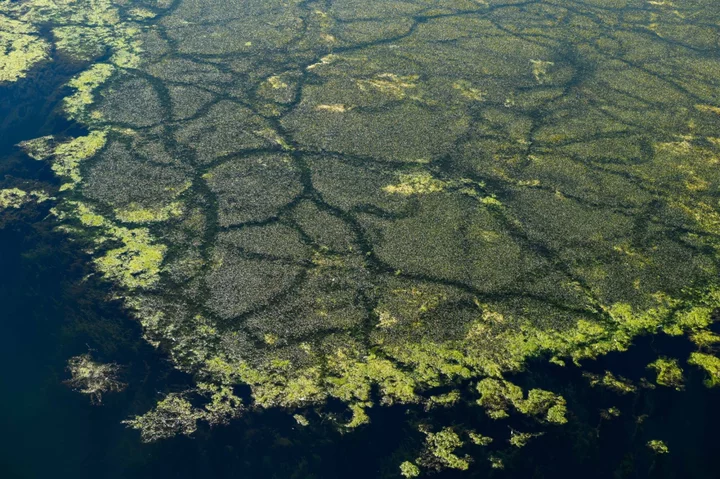Diverse types of organic molecules have been found on Mars by a Nasa rover.
The material was detected by the Perseverance rover in the Jezero Crater on Mars, scientists said.
Researchers are unable to rule out that the materials have a “biotic” origin, or are the result of life on the planet. But they might also be formed in other ways, such as interactions between water and dust or having been dropped onto the planet by dust or meteors.
The findings suggest that Mars may have had a far more active past than we realised – and could have significant implications for the search for alien life.
According to the study, understanding more about Martian organic matter could shed light on the availability of carbon sources, with implications for the search for potential signs of life.
The Scanning Habitable Environments with Raman and Luminescence for Organics and Chemicals (Sherloc) instrument on the rover is the first tool to enable fine-scale mapping and analysis of organic molecules and minerals on Mars.
Perseverance landed within the Jezero crater, the site of an ancient lake basin with high potential for past habitability, in February 2021.
Since then scientists have been exploring the geological make-up of the crater floor using a suite of tools on board the rover that can take pictures of and analyse the rocks.
Sunanda Sharma, Ryan Roppel and their colleagues analysed observations from two formations on the Jezero crater floor.
Signals of organic molecules were detected on all 10 targets that Sherloc observed in the Jezero crater floor, concentrated in the Maaz formation, more than in the Seitah formation.
The data showed diverse mineral association and spatial distribution that may be unique to each formation.
The researchers suggest the diversity among these observations may provide insight into different ways that organic matter may have originated: potentially through deposition by water, or in combination with volcanic materials.
Writing in the Nature journal, the authors said: “Our findings suggest there may be a diversity of aromatic molecules prevalent on the Martian surface, and these materials persist despite exposure to surface conditions.
“These potential organic molecules are largely found within minerals linked to aqueous processes, indicating that these processes may have had a key role in organic synthesis, transport or preservation.”
The findings are published in a new article, ‘Diverse organic-mineral associations in Jezero crater, Mars’, in Nature today.
Additional reporting by Press Association
Read MoreNasa to begin Moon mining within next decade
Microsoft’s attempt to buy Call of Duty developer reaches huge new development
Elon Musk posts series of explicit tweets about Mark Zuckerberg
Microsoft’s attempt to buy Call of Duty developer reaches huge new development
Elon Musk posts series of explicit tweets about Mark Zuckerberg
Scientists invent cloak inspired by Roman god that could help us live on Mars









